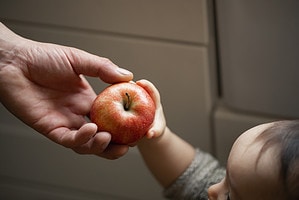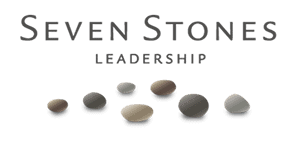Just like the rest of nature, human beings need a balance of give and take to thrive.
 In his book Give and Take, Adam Grant talks about two kinds of people: Givers and Takers. As a society, we are takers. We extract, exploit and consume with reckless abandon and entitlement. Most important, we think all of the earth’s “resources” are ours for—you guessed it—the taking!
In his book Give and Take, Adam Grant talks about two kinds of people: Givers and Takers. As a society, we are takers. We extract, exploit and consume with reckless abandon and entitlement. Most important, we think all of the earth’s “resources” are ours for—you guessed it—the taking!
Most of us recognize that this has become unsustainable and is hazardous to the future of human life and the lives of millions of other creatures great and small. Some scientists estimate that we are currently “taking” five planets’ worth of resources to sustain human life. They say we are living off of an “ecological credit card.” Well, we had better watch out because that bill is due. Nature can only give us so much.
Taking from nature is not inherently bad. But it is only part of the equation. Without the other part, we find ourselves in great peril, both literally and psychologically. Why? Because nature is reciprocal. The movie Avatar illustrated this concept well. By the end of the movie, we learn that to maintain the delicate balance, there has to be both a give and a take. But we don’t need a movie to tell us this. We already know that symbiotic relationships exist within nature. A predator takes a life, thus providing food for itself, the pack and for many other creatures. Bees cross-pollinate. Without them, we would have no food to eat. The tree takes carbon dioxide from the atmosphere and gives us the oxygen we need to live. Even after the tree dies, it gives us back in spades what it took for its life. There is a giving in conjunction with the taking. Sometimes this doesn’t happen right away, but it always balances out over time.
On a smaller scale, this equation of life applies to us human beings, too. Take notice: we are nature, not separate from it. We cannot only give or we get burned out and resentful. We cannot only take or we lose those we love and become driven by greed and fear. Just like the rest of nature, human beings need a balance of give and take to thrive.
Last month, we explored what it means to be ethical in our world today. For us, practicing reciprocity is one way of behaving ethically in our world. Reciprocity is in alignment with what we call “the grand design.” There is a design to this world. One element of that design is reciprocity. Describing the rest of the design is for another blog. Working with the grand design allows for life to flow and for us to flow with it rather than against it.
We invite you into an inquiry: How can I make sure my taking and my giving balance out? What does life look like with reciprocity at the center? Both in regard to how I interact with the resources I use and in terms of how I relate to others.
At Seven Stones, we make our attempts at reciprocity by giving 5% of our gross revenue to individuals and organizations that create and live within sustainable abundance. We offer learning opportunities to most who approach us for help. I drive a hybrid car and have solar panels on my roof. Both Gina and I live in small houses by US standards. We have begun to purchase carbon offsets when we travel, and truth be told, we are traveling less. Sue Richardson makes it her practice to travel by train and has only one car in her family. Each of us makes our choices and practices reciprocity in a way that is right for us. Not only does reciprocity start to re-balance what is completely out of whack, it invites us into an accurate relationship with how life is designed. When we are in alignment with original design, we flow.
What is your commitment?
What does reciprocity look like for you?



